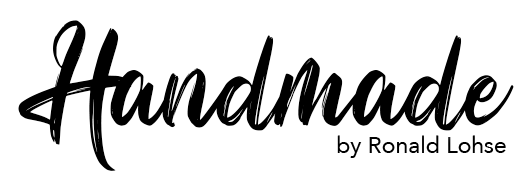You are ready for a new dining table. Maybe you are redecorating or, perhaps, you are starting with an empty room. There are two big questions: "How big should my new table be?" and "How big can my new table be?"
At the root of these two queries is your vision for the future. Will you host family gatherings? Parties? Fundraisers? Other than the table, how much furniture will be in the room?
How big should my new table be?
The answer to how big should a table be is determined by the number of people you want to seat and the shape of the table. Also, the width of the table should maintain a visually pleasing aspect. This means avoiding oddly shaped, skinny, or pudgy tables.
In general, you can fit the most people around a square table, slightly fewer at a rectangular table, and the least at a round table. However, round (or oval) tables are the best for socializing, followed by square, and rectangles are the least accommodating for conversation.
Table sizes for 6 people
For a rectangular table seating 6 people, the minimum length is 5 feet and width is 36 inches.
The same seating is available in a square table that is 4 feet wide.
Additionally, a 6 diners can sit at a round table that has a 5 foot diameter.
Table sizes for 8 people
8 people can sit around a rectangular table with a minimal length of 6 feet and a width around 42 inches.
A square table for 8 checks in at 5 feet wide.
The round table for 8 is 6 feet in diameter.
Table sizes for 10 people
A rectangular table that is 8 feet long and 44 to 46 inches width is suitable for 10 diners.
The 6 foot square table can handle 10 people.
A round table needs to be 7 feet in diameter to allow for 10 guests.
Table sizes for 12 people
A rectangular table that is 10 feet long and 46 to 48 inches wide can seat your party of 12.
The square table needs to be 7 feet wide to handle 12 people.
Mathematically, an 8 foot round table would work for 12 people, but that is a massive beast that puts people in a situation where they cannot reach items served in the middle of the table (even 4 feet is too far away) and they can see guests across the table but need to shout and allow for a brief delay between speaking and hearing (kidding, mostly). A better alternative is probably an oval table that is 9 feet long and 48 inches wide.
Tables for more than 12 people
OK, we are getting into conference table sizes now. Or royal weddings. I will leave it here, but offer that rectangular tables are best for these situations - even if you need to use more than one and arrange them in an L or U shape. You can use the numbers above to figure out how much table you need by adding smaller tables together. For permanent table installations of this size, there are great products to fasten tables together.
How big can my table be?
The answer to this question is relatively straightforward; with chairs tucked in, you should have 36 inches of walking space around the table. This makes moving around the room comfortable rather than claustrophobic. Now, nobody will be checking with the tape measure come dinner time, but your guests will appreciate the space.
Can I go even bigger?
The rule above is a just that - a rule. Made to be broken like all the other rules. To get around the 36" rule, I recommend extension tables. These slide out to allow for adding leaves when your entertaining pushes the boundaries of your capacity. A good problem to have; you are popular and people recognize that you have the definitive entertaining space. Go big! Then, go back to comfortable.
I hope these guidlines help.

